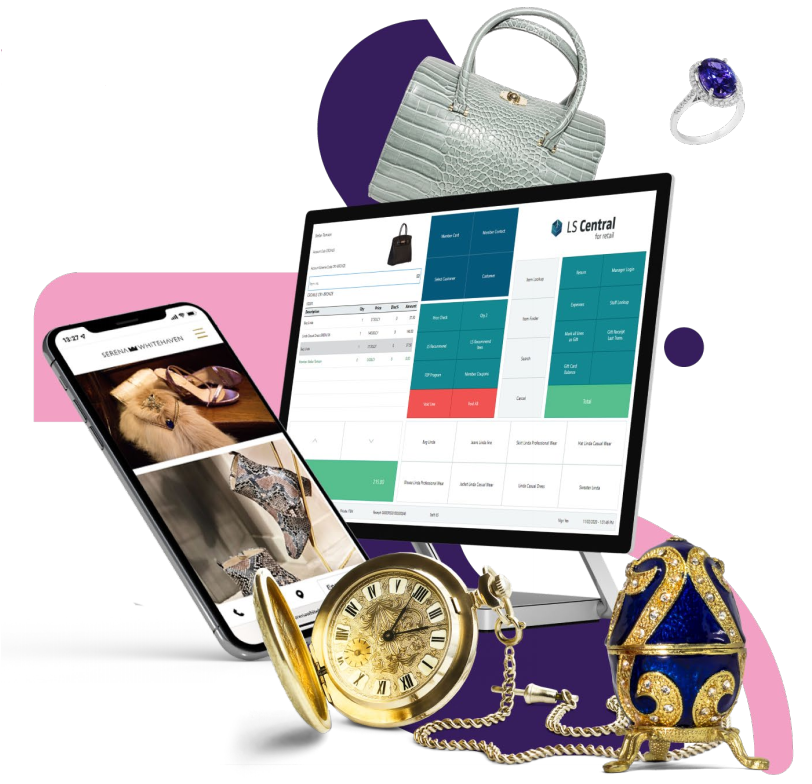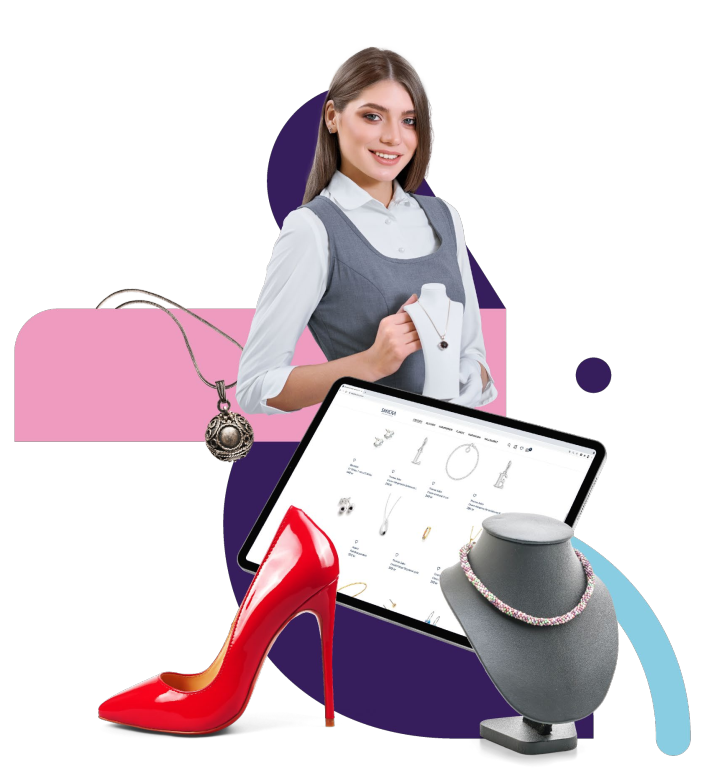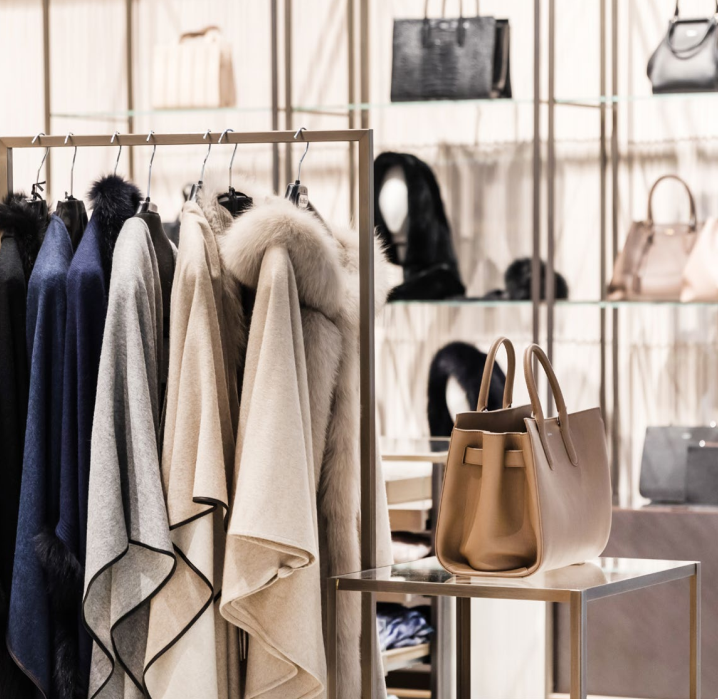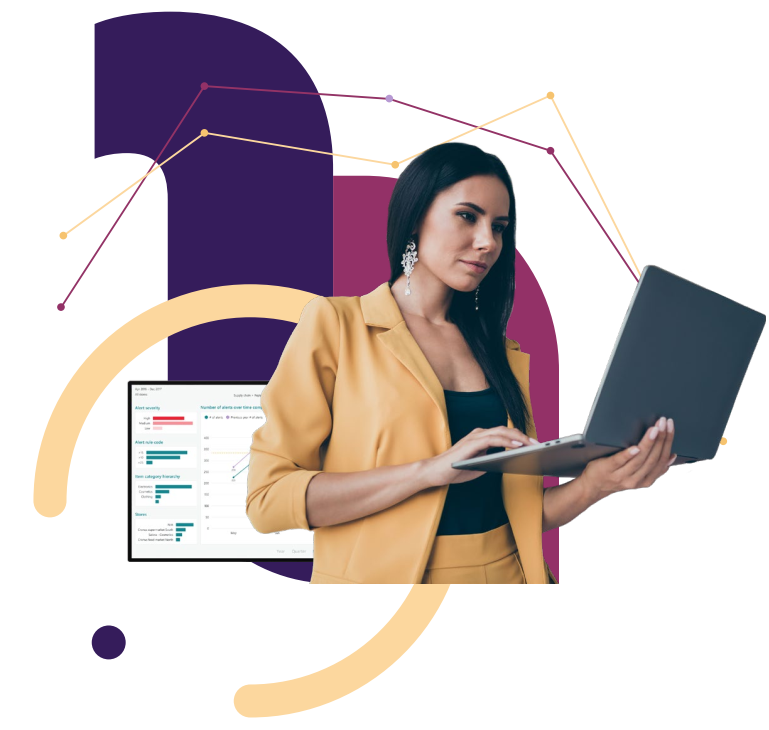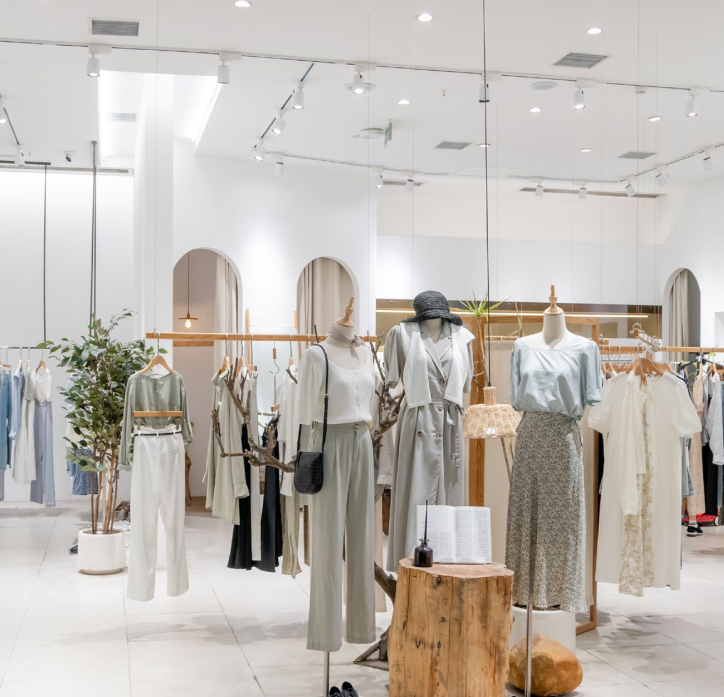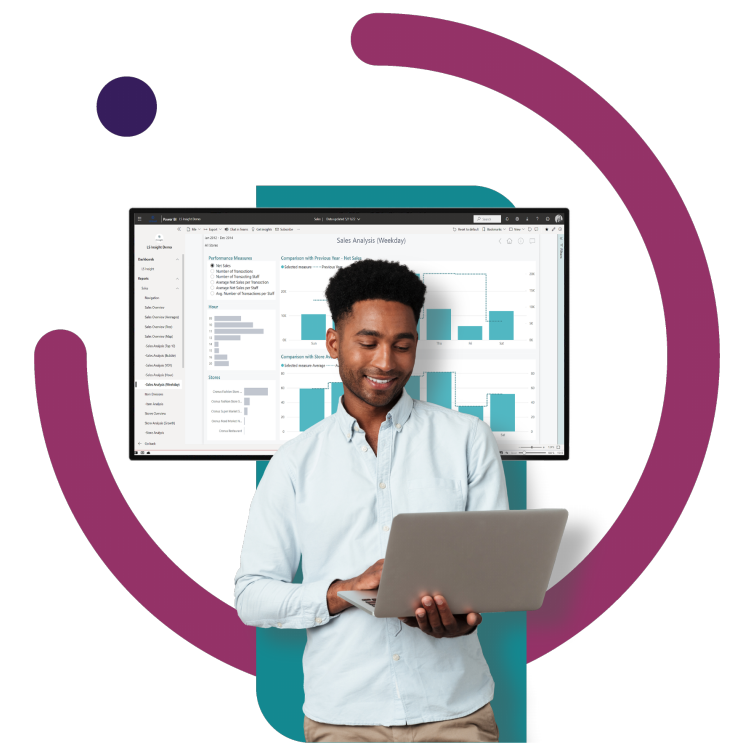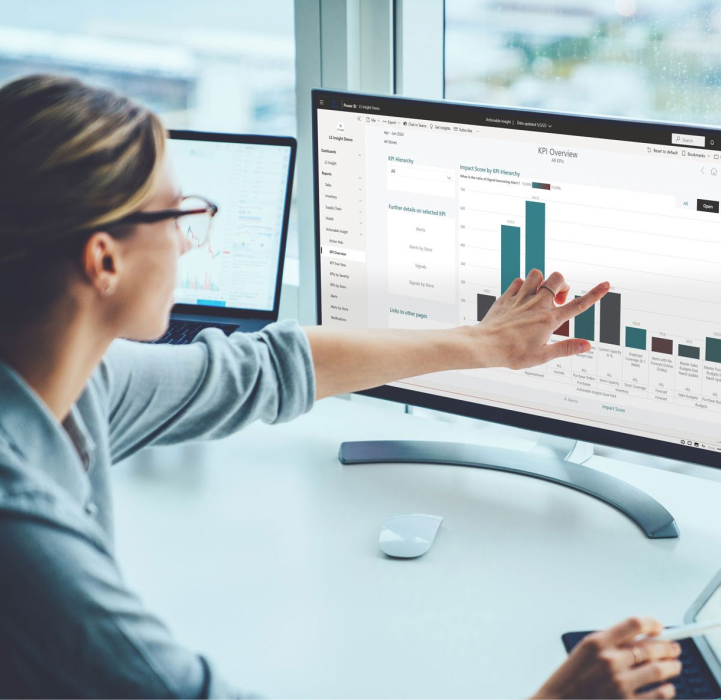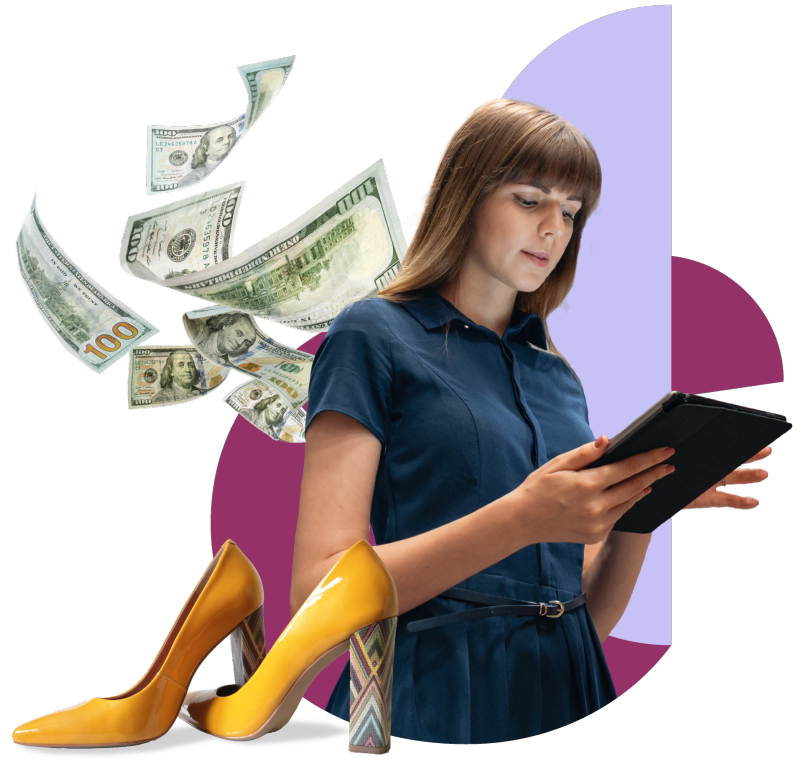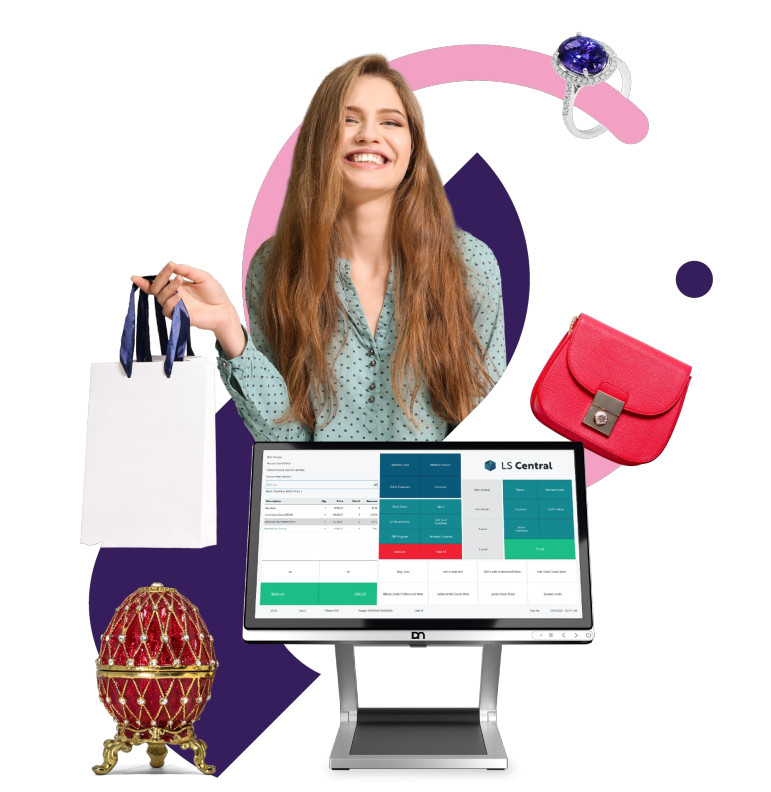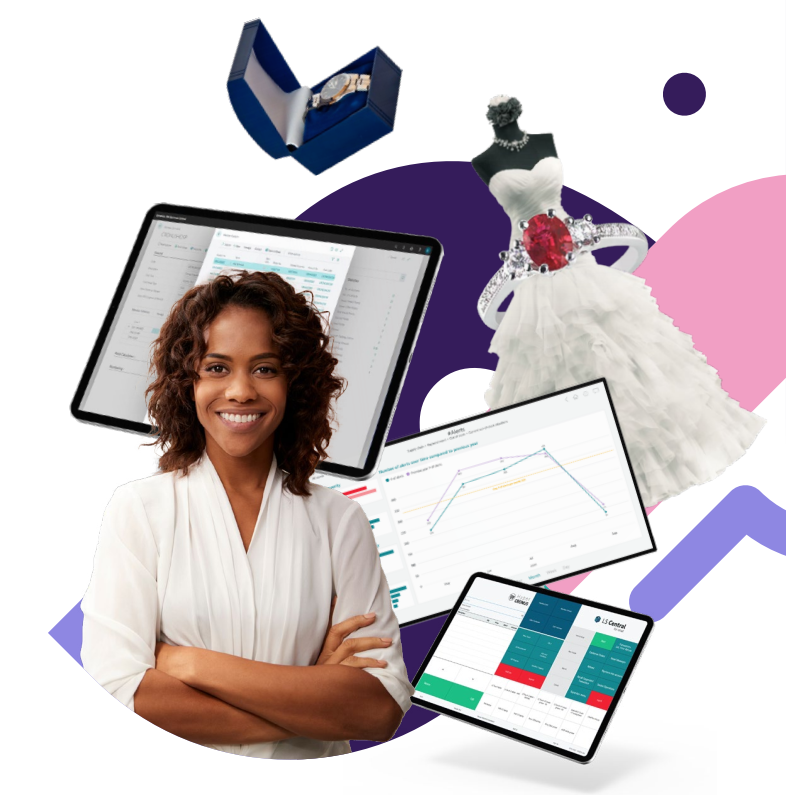Explore our library to learn more through variety of topics
Stop Before You Decide
Are you lost in a jungle of retail solutions that all claim to do everything you need?
Stop now.
We are experts in retail software, and support several well-known luxury retailers. We’ll be happy to help you understand what you actually need, and help you find a solution that solves your challenges
Ready to get going?
Ready to get going?
Please share your contact informations below to allow one of our expert to contact you.
About NaviWorld
NaviWorld Vietnam is a leading solutions provider of end-to-end integrated and adaptable business management solutions for mid-sized companies in Vietnam and South East Asia. With solutions catering for various sectors from Distribution to Retail, Services to Manufacturing, NaviWorld brings a portfolio of internationally proven, fully integrated technology business solutions to our customers.
Solutions
Contact Us
Ha Noi
-
11th Floor, 41 Hai Ba Trung Street, Hoan Kiem District, HN
-
Tel: +8424-3636 6268
Ho Chi Minh
- 13P Floor, 2BIS Nguyen Thi Minh Khai St., Dist. 1, HCM City
- Tel: +8428-3840 3177
